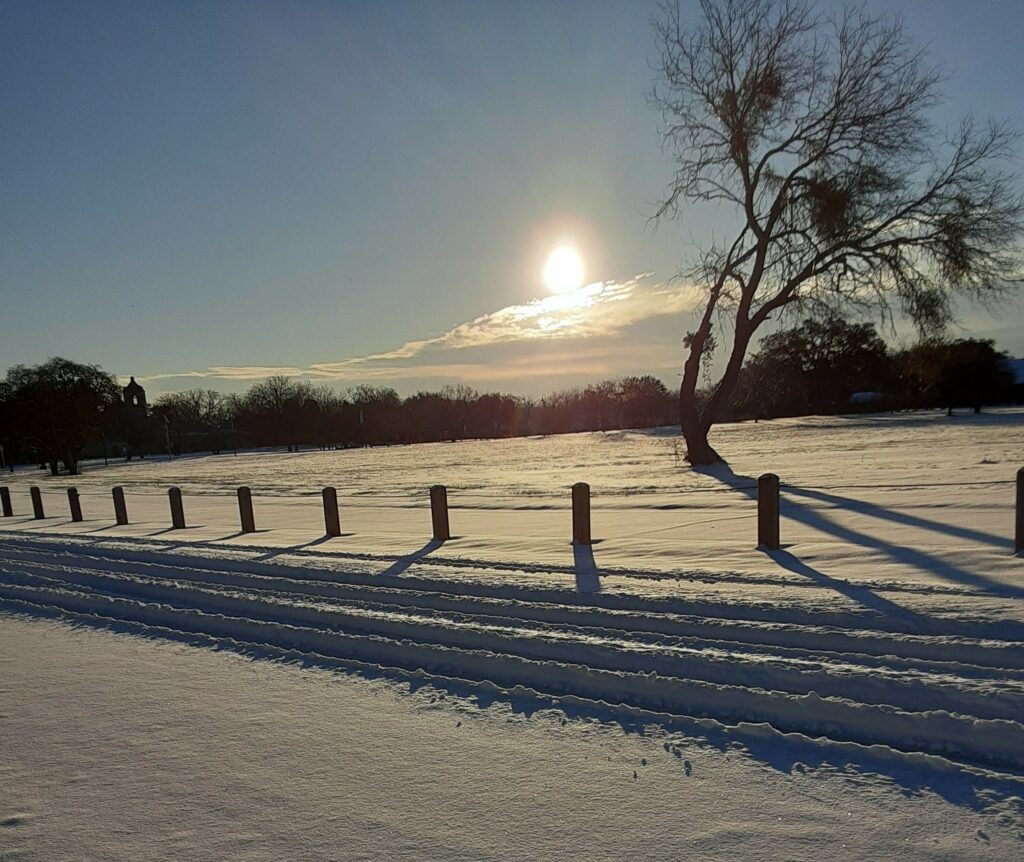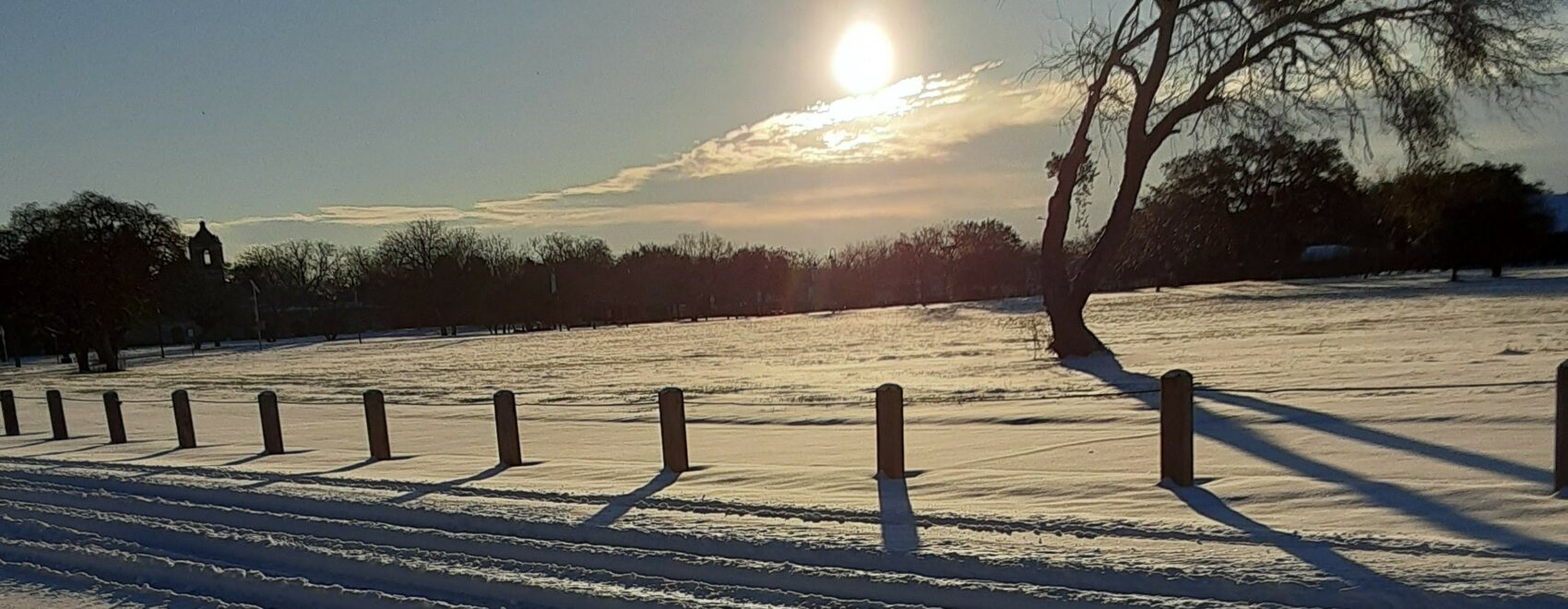Over the last few years, here in San Antonio and the general area of the state, we have had quite the weather activity. In fact, prior to quarantine, our summers had been fairly mild and wet. In 2021, we got hit with a snow storm that left us all without reliable power. In 2022, we experienced severe drops in temperature and early freezes. 2023 now has us in the middle of an intense heat dome that has left us prone to wildfires AND power outages. Many experts say this is only the beginning.

Keeping an Environmentalist Mindset as Gardeners
As environmentalists, we can name a million different causes that have contributed to these extreme climate changes. But as gardeners, we are most interested in how these extremes are affecting what we are able to grow and how we are able to problem solve in order to work with these conditions.
What kind of food production is staying steady? Which plants are holding down the fort for our native pollinators? Which trees and ground covers are providing the most protection for our soil while not requiring a crazy amount of water? What type of water retention techniques are the most efficient in a drought as well as a freeze? How can we help gardening, farming and nature preservation to be more climate resilient in the wake of climate change?
Climate resilience refers to the capacity of a system, community, or environment to anticipate, prepare for, respond to, and recover from the adverse impacts of climate change. It involves adapting to changing climatic conditions while minimizing damage and ensuring the ability to bounce back from disturbances. This can include strategies such as building resilient infrastructure, enhancing natural ecosystems, and developing policies that reduce vulnerability to climate-related events.
Enhancing natural ecosystems is our focus. If you’ve ever heard us speak at our classes or events, we often mention buzz terms like “microclimate,” or “biodiversity.” Creating microclimates with biodiverse plants, fungal networks, insect/wildlife habitats and soil systems is essential in the success of your garden space. It’s a whole system!
We’ve got so much love for the 210 area so, naturally, we are going to shout out the best things for our ‘hood, but being climate resilient can be applied to any region of the world.
So How Can We as Stewards of the Earth Become Climate Resilient?
- Protect your soil. Allowing native grasses and ground covers like straggler daisy and purslane to take root will not only shade and protect your soil from drying out and eroding, it will also give nutrients back and it keeps root networks talking with other sensitive plants and trees.
- Use Native Plants. This does not mean you cannot plant non-native, adaptable plants. Just know that incorporating native plants and trees is crucial for our ecosystem and for supporting adaptable non-native species like citrus trees or broccoli.
- Use mulch to insulate your natural areas and to build up your soil over time, through the decomposition process. Mulch can come from many different sources. Mulch can be leaves, hardwood from trees, or even grass clippings. Not only does it protect open soil, it retains moisture, insulates roots from frost and hard freezes and creates habitats for beneficial bugs.
- Be water conscious. If you are planting native plants, chances are they are drought tolerant and won’t require much water once established. If you are growing food or fruit trees, you are going to need to be strategic in how you water to maximize absorption and minimize evaporation. Consider rain catchment and gray water systems. Hand water, or deep soak after sunset and before sunrise. Incorporate drip irrigation versus sprinkler systems. Remember that we live on top of an aquifer and while it seems like an endless cave of fresh water, we have started to witness lakes, swimming holes and rivers run dry in the area that may never recover. Be mindful of water usage and intentional with all plant placements.
As Earth Stewards, we are rehabilitating and building up ecosystems. Just like the climate changes are affecting us and our tolerances to handle direct sun, so is it harshly affecting our natural environments as well.


Leave a Reply